In the fast-paced world of modern business, organizations increasingly leverage artificial intelligence (AI) to drive growth, enhance performance, and stay ahead of the competition. One of the most powerful applications of AI is in continuous learning and development (L&D). By incorporating AI prompts for the Learning and Development process, companies can streamline goal setting, personal growth tracking, and skill development for their employees. Here’s why and how AI is a game-changer for L&D in organizations.
By – Vamsi Bumireddy
Why Use AI for Goal Setting in Continuous Learning and Development?
AI plays a crucial role in enhancing the process of setting, tracking, and achieving organisational learning and development goals. Some of the key benefits include:
Personalized Learning Paths
AI can analyze individual learning styles, career goals, and progress to create personalized learning experiences for each employee. This enables employees to focus on areas that need improvement, rather than a generic training program.
Real-Time Feedback
AI tools provide immediate feedback to employees, allowing them to make real-time improvements to their learning path. This continuous feedback loop ensures the employee is always on track to meet their goals.
Data-Driven Insights
AI can analyze vast amounts of data to predict future trends, suggest learning opportunities, and offer insights into what skills will be in demand. This helps organizations stay competitive and prepared for future challenges.
Scalable Learning Programs
With AI, companies can scale training programs across a global workforce without compromising quality or personalization. AI prompts for the Learning and Development process can automate many aspects, allowing trainers to focus on high-level strategy.
AI Prompts for Continuous Learning and Development
AI-generated prompts are an excellent way to guide employees through their learning journey, encouraging them to reflect, engage, and take action toward their goals. Below are four AI-generated prompt examples that can be used in the context of L&D in organizations:
Prompt 1
AI Prompt: “What specific skill set would you like to improve in the next 3 months, and how will it contribute to your role’s success?”
Example Scenario: An employee working as a software developer might want to improve their proficiency in a new programming language to contribute more effectively to upcoming projects.
How This Helps: This prompt encourages the employee to define a specific learning objective, while also relating it to their professional growth. It helps them understand the “why” behind the learning, making the process more meaningful.
Prompt 2
AI Prompt: “Based on your recent performance review, what are the top three areas you need to focus on for your professional development in the coming quarter?”
Example Scenario: A team leader may need to improve their communication skills, leadership abilities, or project management techniques.
How This Helps: AI prompts based on performance reviews connect feedback with actionable learning goals. This makes the development process transparent and data-driven.
Prompt 3
AI Prompt: “Think about a challenging situation you faced at work last week. What skills could you develop to handle similar situations more effectively?”
Example Scenario: An employee might reflect on a difficult client negotiation and identify the need for better negotiation skills.
How This Helps: This prompt pushes employees to use real-world experiences to guide their learning, ensuring that the development is directly applicable to their job.
Prompt 4
AI Prompt: “What new technologies or trends do you think will impact your role in the next 6 months? How can you prepare for them?”
Example Scenario: A marketing employee might anticipate the growing importance of AI tools in product development and decide to learn about them.
How This Helps: This forward-looking prompt encourages employees to stay ahead of industry trends, ensuring their skills remain relevant and competitive.
Example: How AI-Generated Prompts Work in Practice
Scenario
An employee is looking to improve their project management skills.
AI Prompt
“What are the key project management challenges you’ve encountered recently, and how do you plan to overcome them?”
AI Output
The employee reflects on their challenges, such as managing deadlines and team coordination, and responds:
“I’ve struggled with keeping the project on schedule due to communication breakdowns. I plan to improve this by taking an online course in Agile project management and using project management tools to enhance team collaboration.”
How It Helps
This AI-generated prompt helps the employee self-identify a skill gap and create a specific plan to address it. The response is actionable and leads to a targeted learning strategy. The AI-driven process ensures the employee’s development is aligned with their current challenges, making learning practical and impactful.
How Stratpilot Helps
Stratpilot is an AI-powered platform designed to enhance continuous learning and development within organizations. It helps businesses by providing AI-generated prompts that guide employees toward personalized learning paths, enhance their progress, and offer data-driven insights for L&D professionals. Sign up today!
Frequently Asked Questions (FAQs)
Q1: How can AI-driven goal setting improve employee engagement?
AI-driven goal setting allows employees to personalize their learning experience, making it more relevant to their needs and aspirations. The tailored approach leads to higher engagement as employees feel more motivated to achieve specific, meaningful goals.
Q2: Is AI replacing human trainers in the learning and development process?
No, AI is not replacing human trainers but enhancing their role. AI automates repetitive tasks and provides data-driven insights, allowing human trainers to focus on more strategic aspects, such as mentorship, emotional intelligence, and fostering a learning culture.
Q3: How do AI-generated prompts contribute to long-term employee development?
AI-generated prompts encourage employees to set realistic, achievable goals based on their ongoing needs and challenges. Over time, these prompts help employees continuously evaluate their progress and stay focused on their long-term growth trajectory.
Q4: How does Stratpilot ensure that AI prompts are relevant to each employee?
Stratpilot uses advanced machine learning algorithms to help employees learn. Based on this data, it generates personalized prompts that are both relevant and actionable, ensuring that each employee’s development path aligns with their needs.



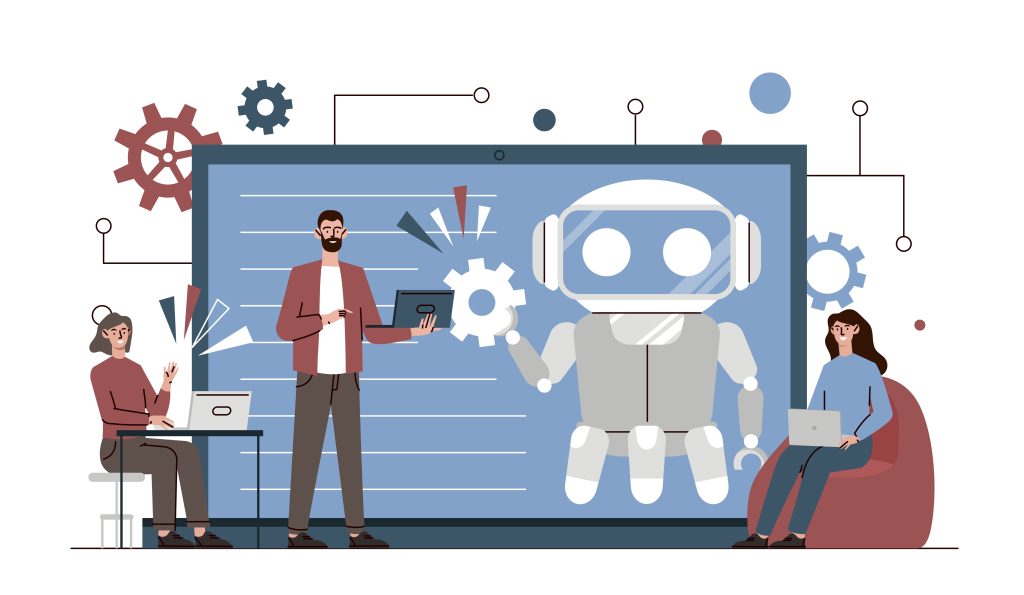




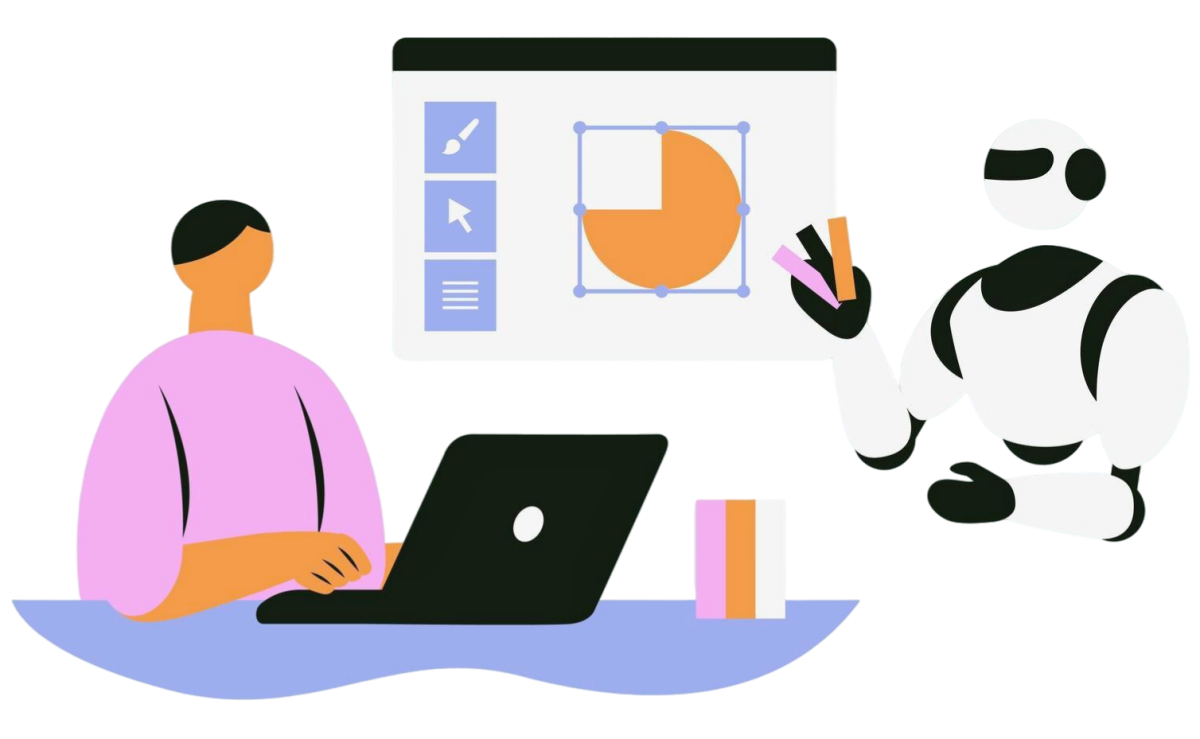
 6. Enhancing Customer Support Operations
6. Enhancing Customer Support Operations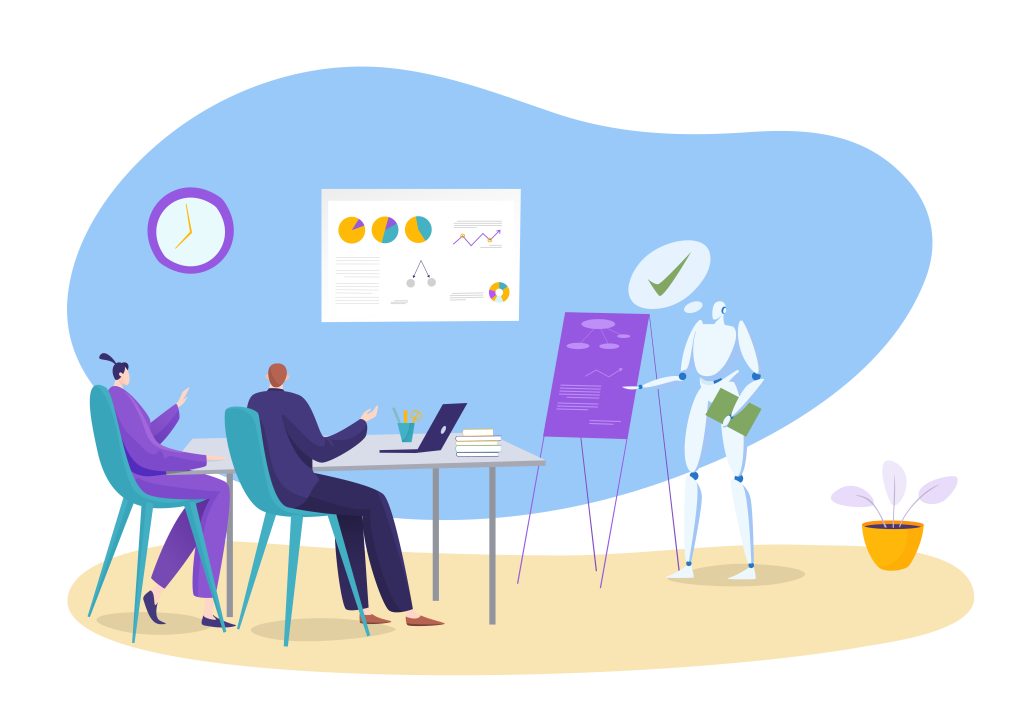 Example Output of AI-Generated Operational Management Strategy
Example Output of AI-Generated Operational Management Strategy
 AI Prompts
AI Prompts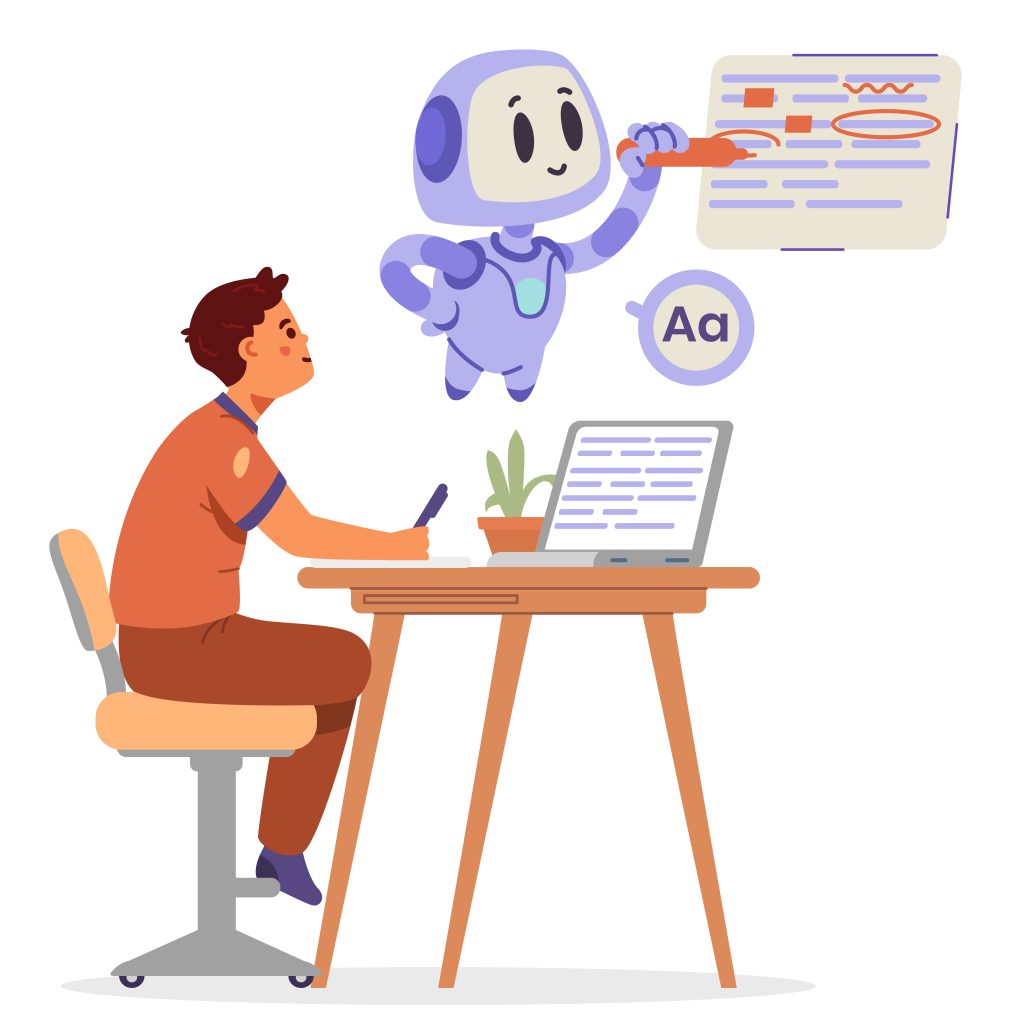 How
How 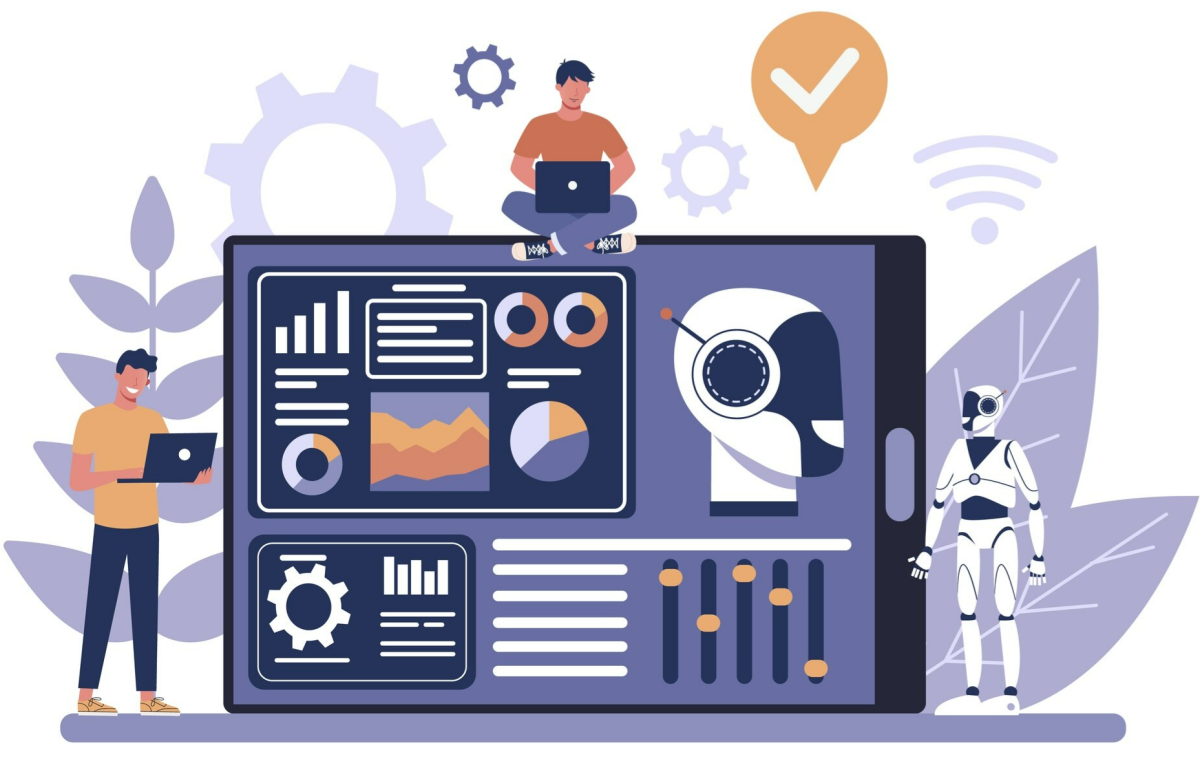
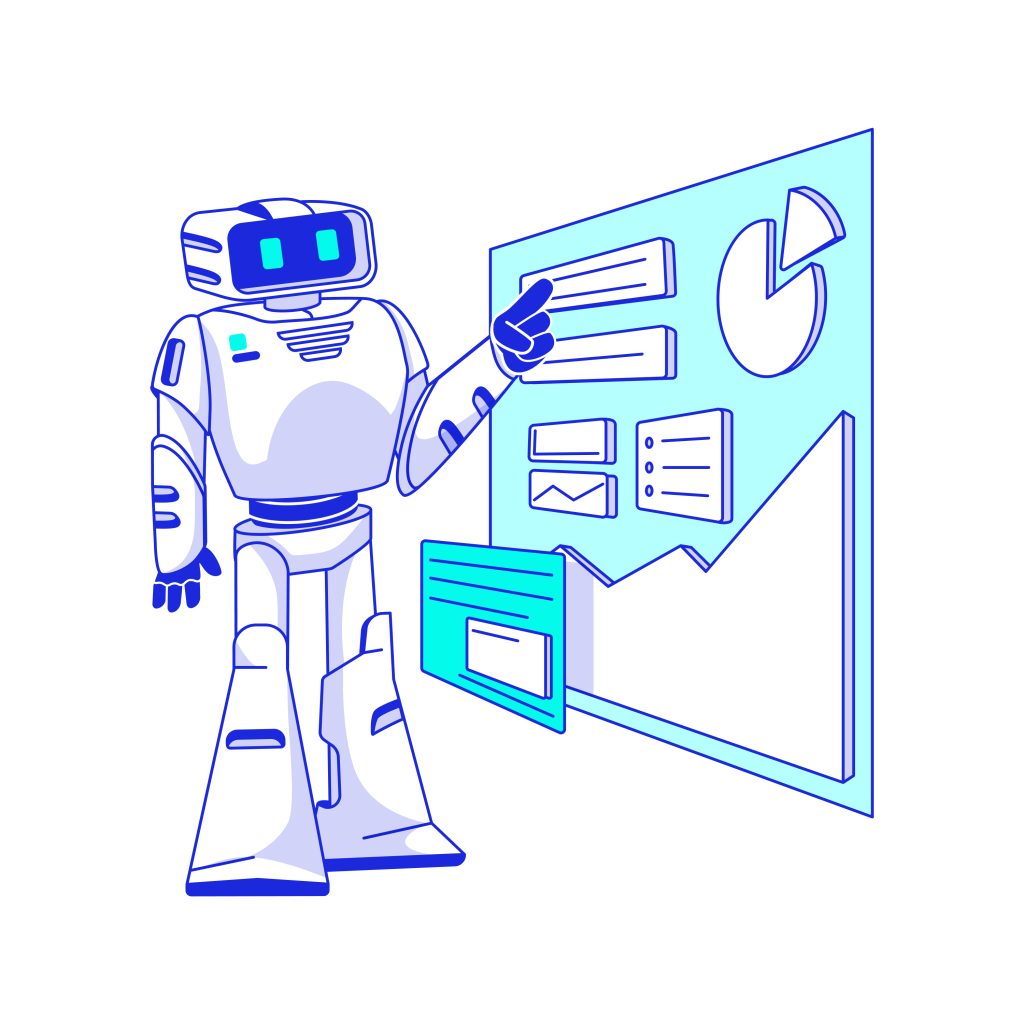 6. Transforming Data into Charts and Graphs
6. Transforming Data into Charts and Graphs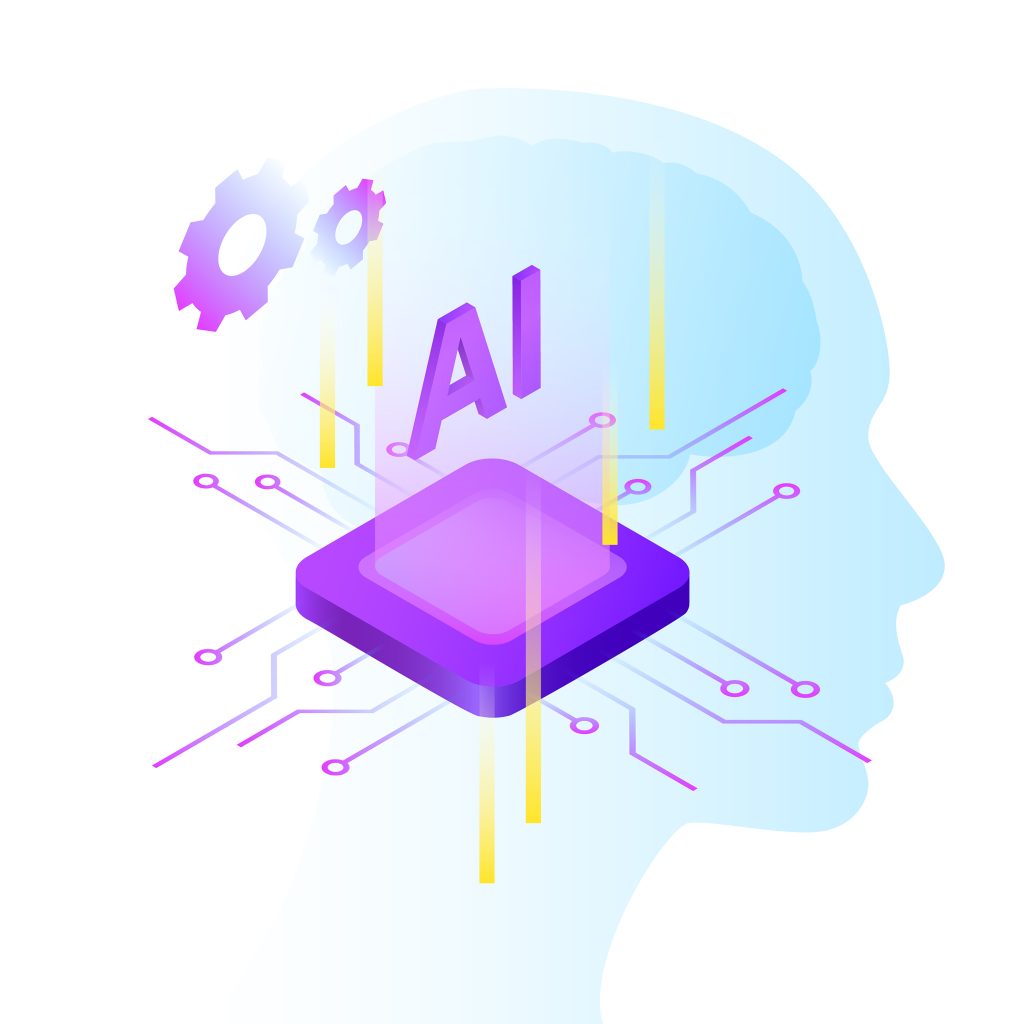 Example Output of AI-Generated Data Transformation
Example Output of AI-Generated Data Transformation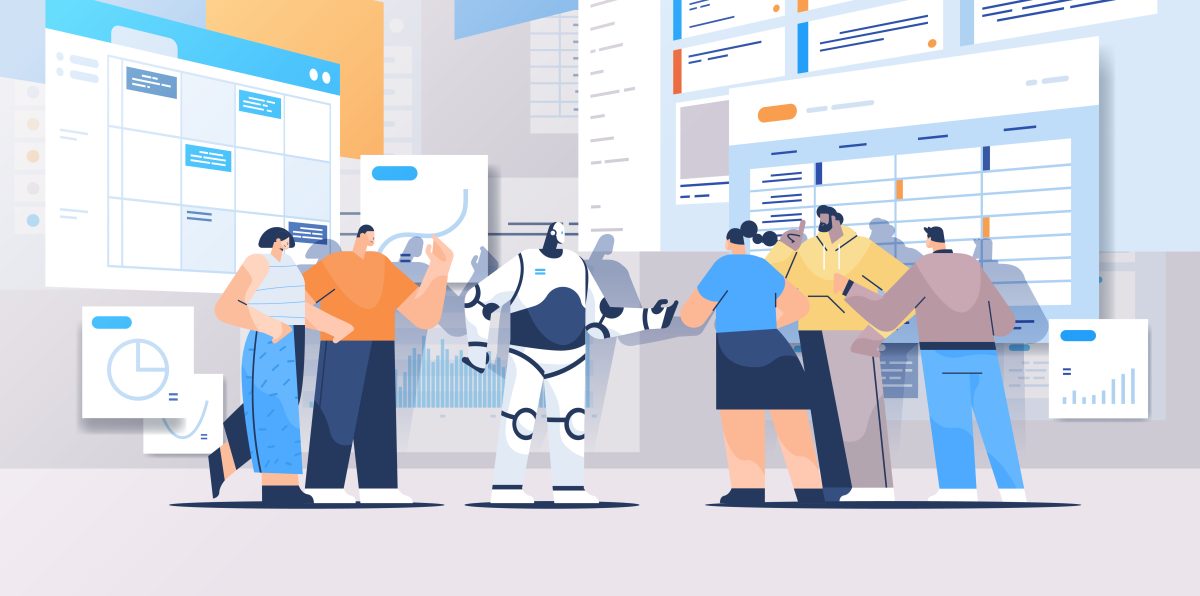
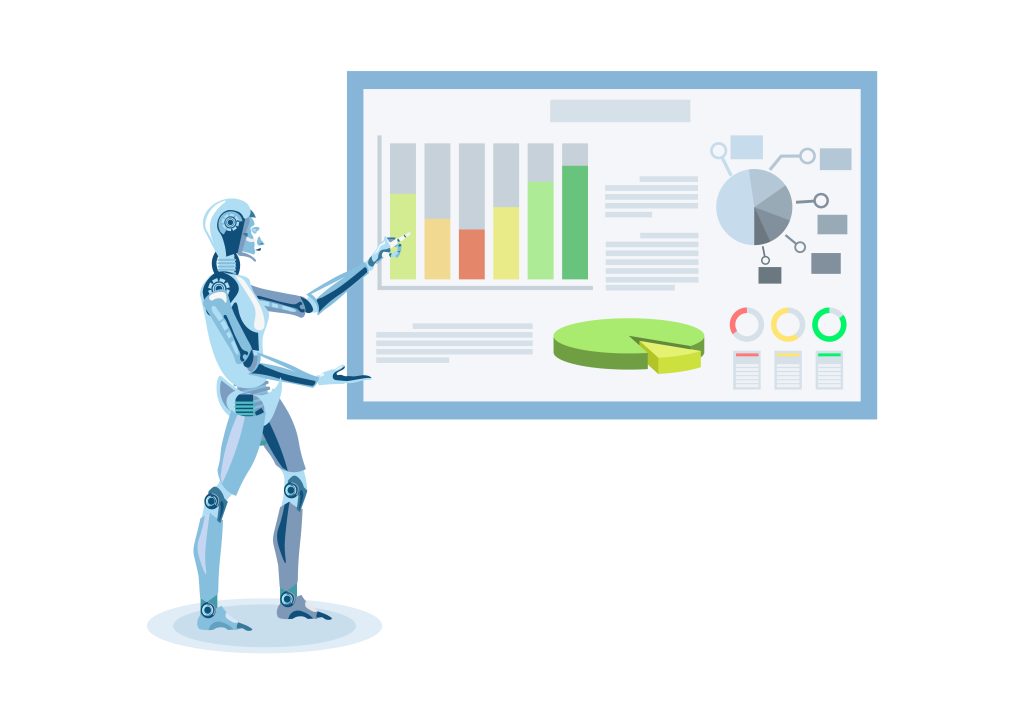 How
How 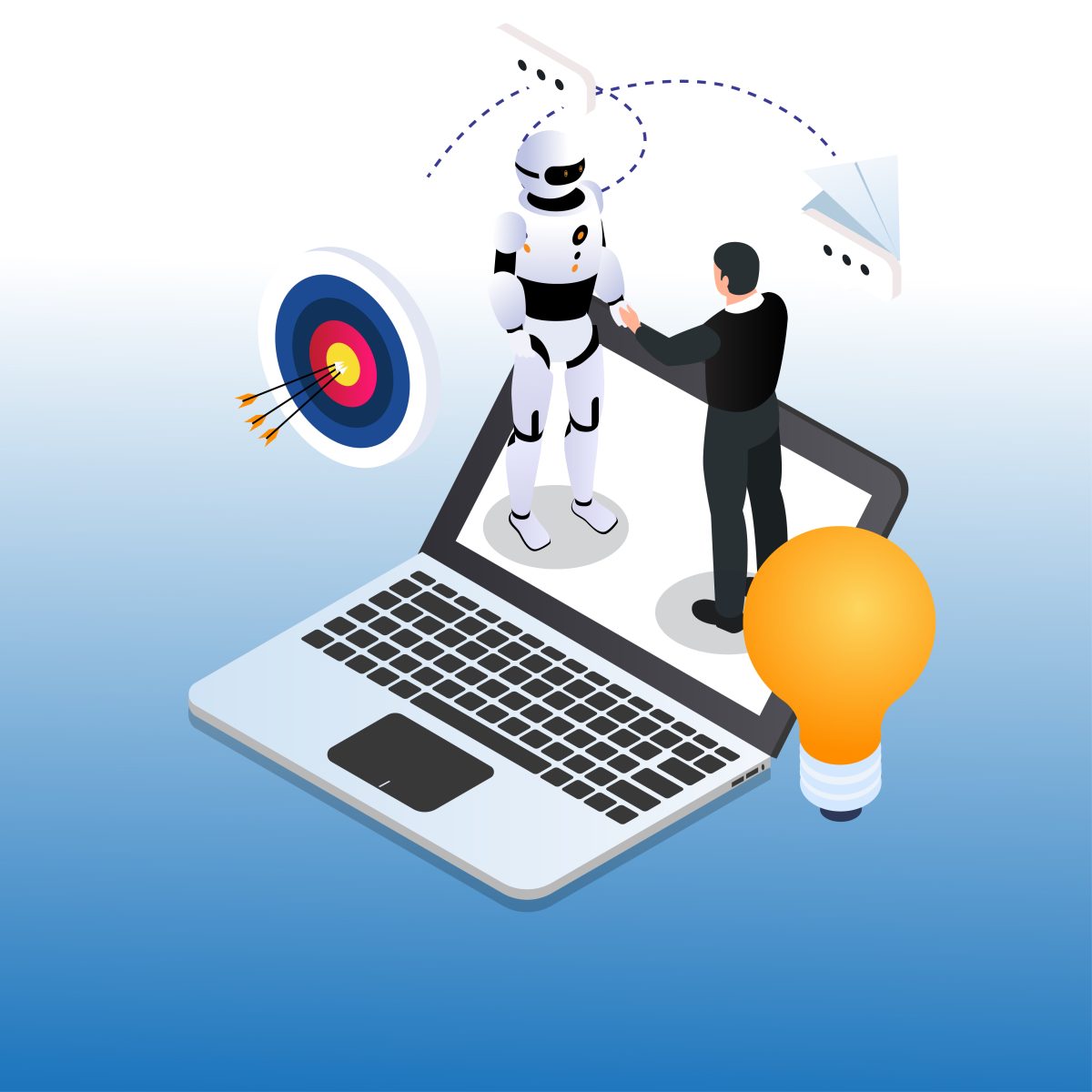

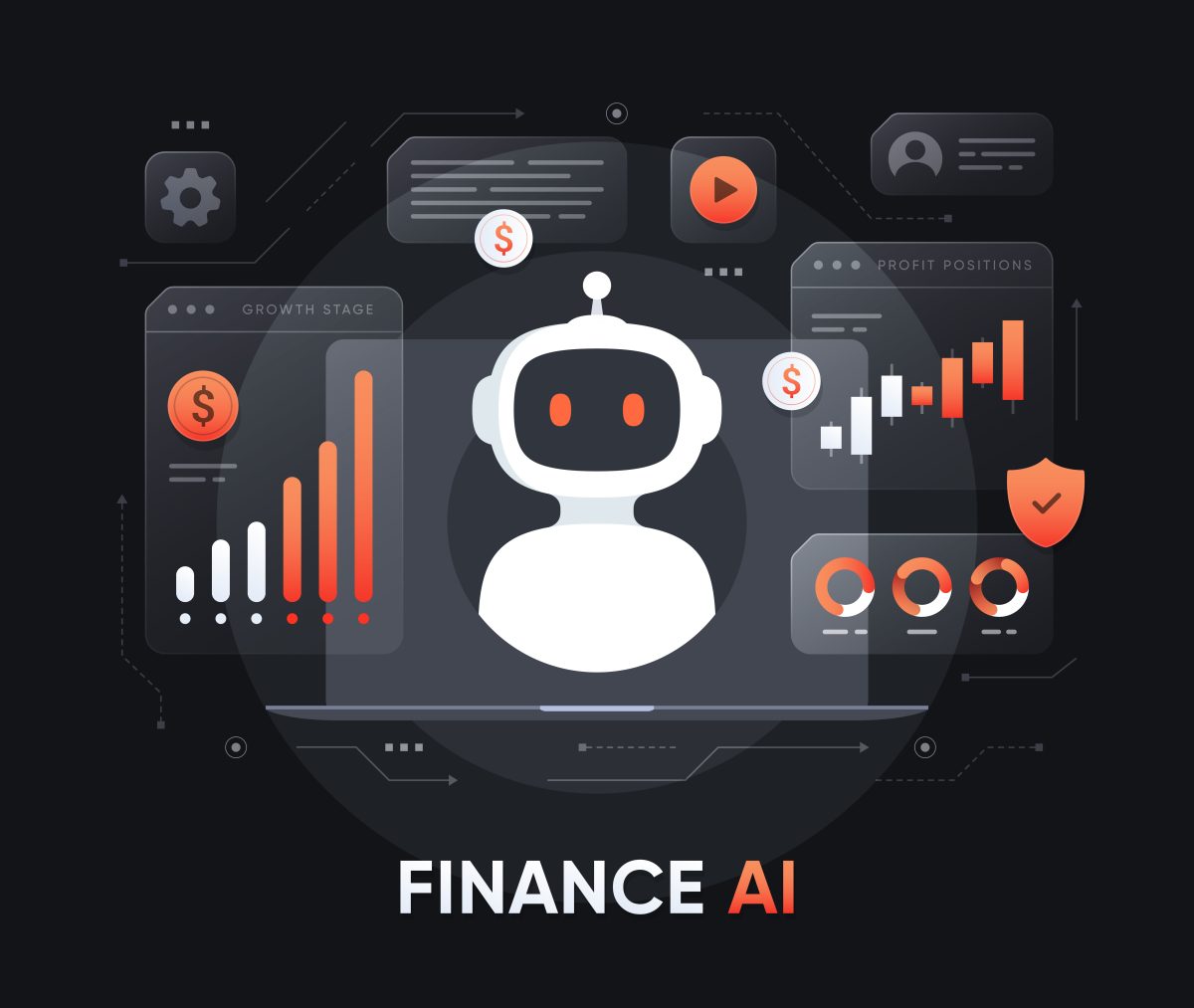
 How AI-Generated Prompts Work
How AI-Generated Prompts Work 
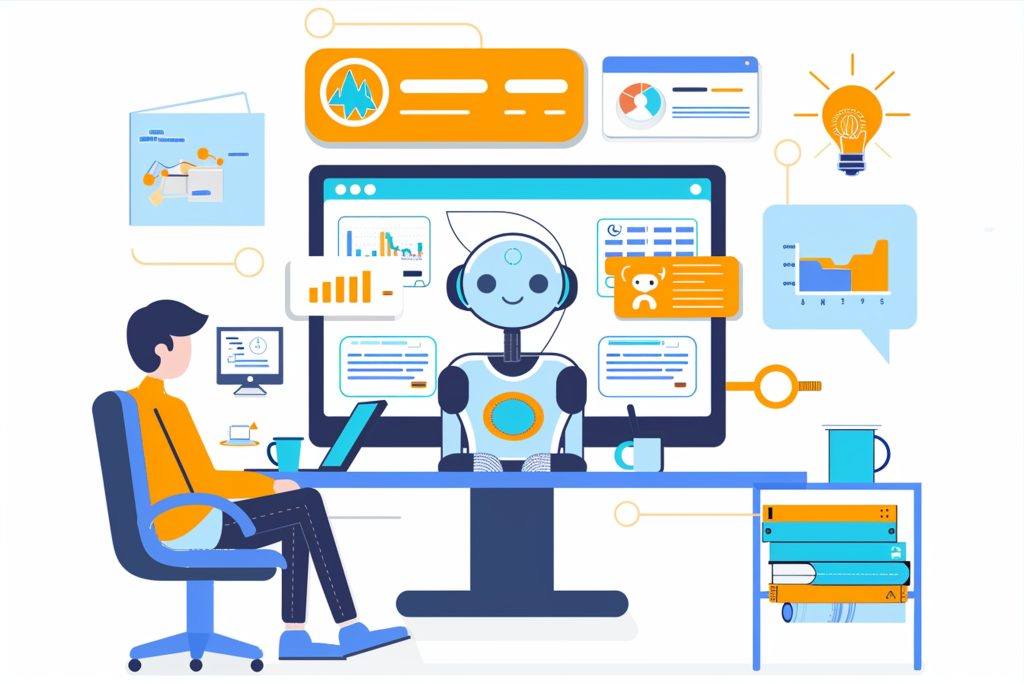 How AI-Generated Prompts Work – Scenario, AI Prompt, AI Output
How AI-Generated Prompts Work – Scenario, AI Prompt, AI Output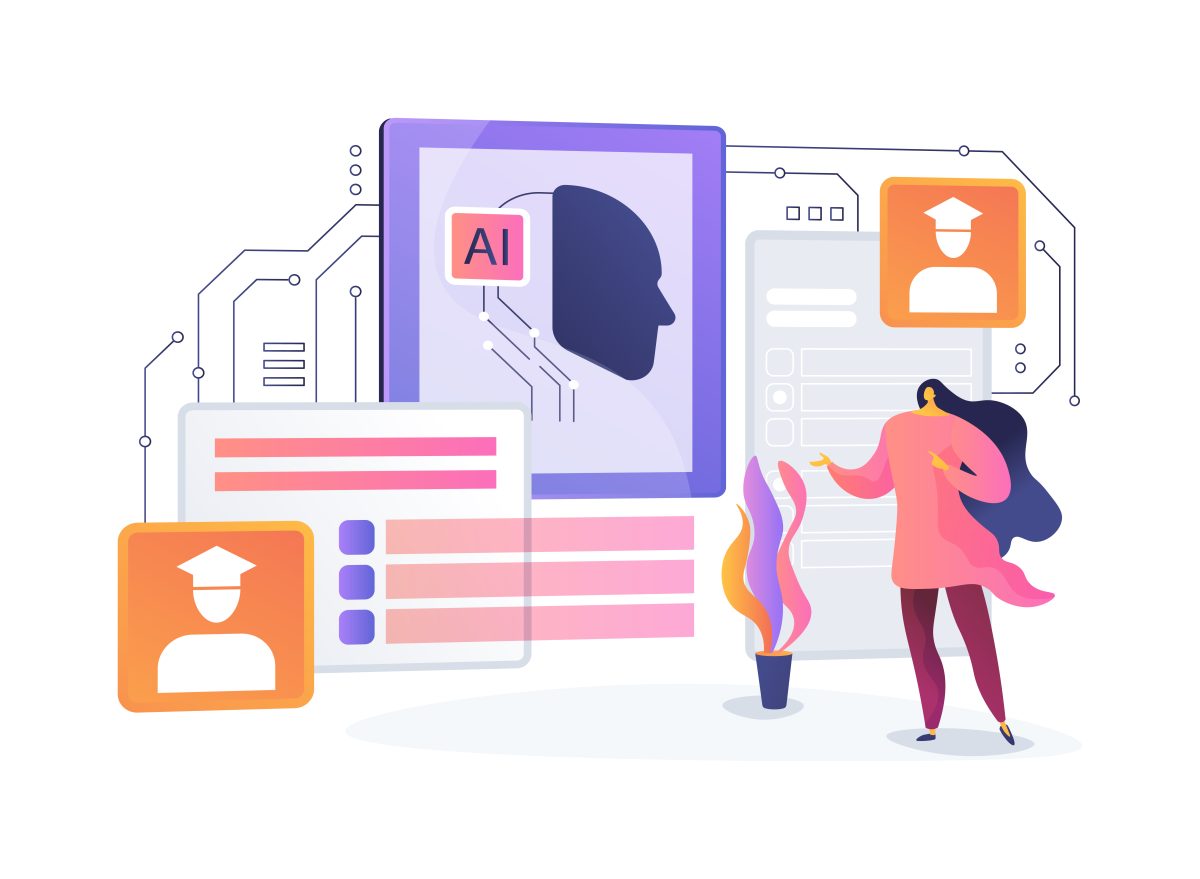
 4. Setting SMART Goals for Leadership Growth
4. Setting SMART Goals for Leadership Growth

